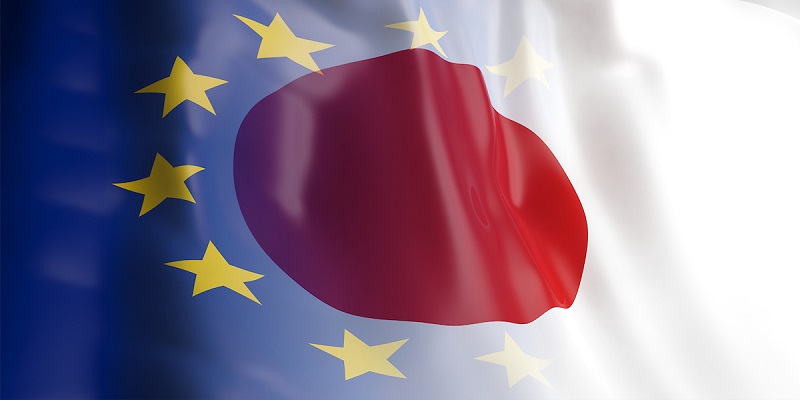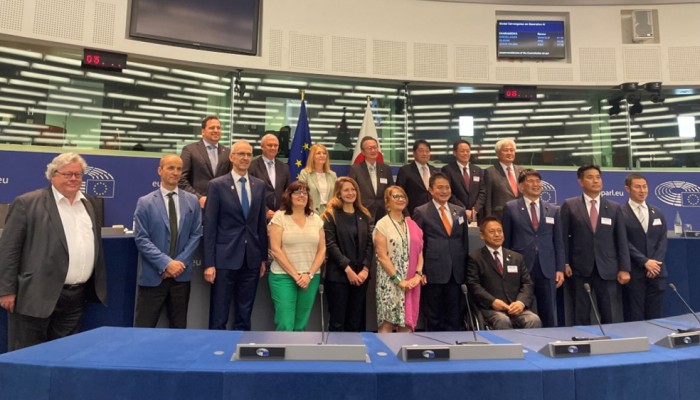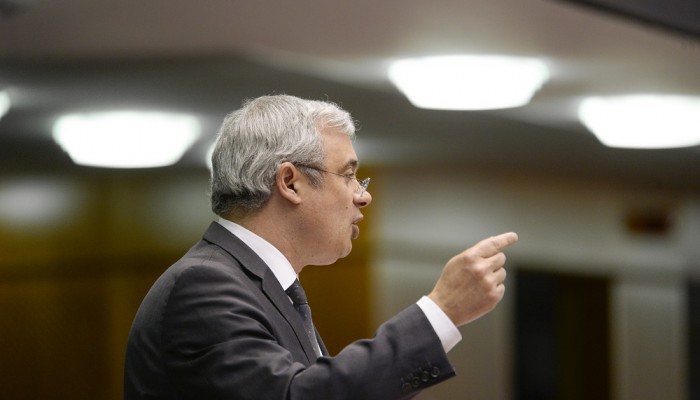
“The implementation of the EPA is on its way to being a success story, and the EU and Japan are setting a good example for other trading partners”
The Economic Partnership Agreement (EPA) between the European Union and Japan, currently the EU’s biggest trade deal in terms of market size, celebrates its fourth anniversary in February of this year. In an increasingly challenging world, the EU’s partnership with Japan is crucial for economic and trade matters, as well as connectivity, digitalisation, climate, energy and security.
The fourth anniversary provides an opportunity to assess whether the agreement has so far proven its economic value, and whether it fulfils its strategic ambition to promote high standards and strengthen sustainable development. As former rapporteur of the European Parliament for the EPA, I have insisted on the EU and Japan setting an example and implementing this agreement as effectively as possible.
Although a relatively short time has elapsed since the EPA’s entry into force, and in light of the impact of the Covid-19 pandemic, its implementation has overall been smooth and successful. Trade has been expanding, particularly for wines and pork meat.
For exports of EU goods to Japan, the EPA utilisation rate increased from 53 per cent in the first year to 70 per cent in 2021 alone. This rate should also go up in the coming years for products that are in the transitional period, as duties will drop further, particularly on luxury goods, textiles and some processed products like chocolate.
When it comes to geographical indications (GIs), the list of protected ones has been enlarged twice since February 2019, which is unprecedented. A third extension is expected this year, bringing us closer to the protection of 300 GIs.
Moreover, Japan’s ratification of the International Labour Organisation’s fundamental Convention on the Abolition of Forced Labour brings it further in line with the EU on sustainable development provisions, which is a high priority for the Parliament.
However, as always, challenges remain and there is still some way to go to fully implement this ambitious agreement. In particular, the EU and Japan need to enhance regulatory co-operation, especially in the field of green technologies such as offshore wind power and renewable hydrogen.
The partners also need to pursue harmonisation and mutual recognition of regulations and standards, which is vital to increase food and drink exports. We should also continue to encourage the use of the agreement by small and medium-sized enterprises (SMEs) so that bilateral trade reaches its full potential.
The EPA must be a living agreement, and the two sides are indeed negotiating rules on cross-border data flows. I hope discussions advance well on this key point and that a good outcome can be achieved this year.
Finally, as the Commission recently reviewed its sustainable development approach strengthening the enforcement of labour and environmental provisions in trade agreements, we need to build a common understanding on innovative elements to be introduced into the EPA.
The implementation of the EPA is on its way to being a success story, and the EU and Japan are setting a good example for other trading partners. Nonetheless, we can and should be more ambitious to get the most out of the agreement for citizens and SMEs, accelerate the green and digital transitions and ensure a steadfast economic recovery in the EU and Japan.
Artigo publicado na "The Parliamentary Magazine", Fevereiro 2023.


















